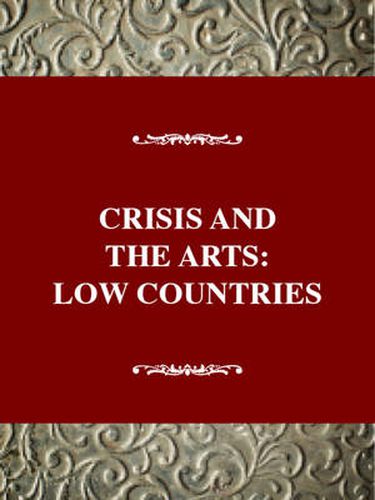Readings Newsletter
Become a Readings Member to make your shopping experience even easier.
Sign in or sign up for free!
You’re not far away from qualifying for FREE standard shipping within Australia
You’ve qualified for FREE standard shipping within Australia
The cart is loading…






In examining Dada in the Low Countries, Hubert van den Berg is faced with a complex situation that as much critiqued as embraced Dada. Largely an individual affair, and lacking the community center of Dada in Zurich, Berlin and the other Dada capitals, van den Berg focuses equally on Dada’s reception and on its exercise. Primarily a case of selective appropriation, Dada in the Low Countries nevertheless possessed an international reach, achieved in the relationships it posed between Dada and the Post-World War I Constructivist International and De Stijl. For the author, Dada in Belgium and the Netherlands is less a case of its story than of specific cases of its use. The involvement of Clement Pansaers, Paul van Ostaijen, Theo van Doesburg, and German artist Kurt Schwitters, figure prominently in the historical mapping of van den Berg’s complex and elusive subject.
$9.00 standard shipping within Australia
FREE standard shipping within Australia for orders over $100.00
Express & International shipping calculated at checkout
In examining Dada in the Low Countries, Hubert van den Berg is faced with a complex situation that as much critiqued as embraced Dada. Largely an individual affair, and lacking the community center of Dada in Zurich, Berlin and the other Dada capitals, van den Berg focuses equally on Dada’s reception and on its exercise. Primarily a case of selective appropriation, Dada in the Low Countries nevertheless possessed an international reach, achieved in the relationships it posed between Dada and the Post-World War I Constructivist International and De Stijl. For the author, Dada in Belgium and the Netherlands is less a case of its story than of specific cases of its use. The involvement of Clement Pansaers, Paul van Ostaijen, Theo van Doesburg, and German artist Kurt Schwitters, figure prominently in the historical mapping of van den Berg’s complex and elusive subject.